If one were to ask where are the historical spots on Saipan, the easy answer would be “everywhere.”
From the shores which may have been an ancient human settlement close to 4,000 years ago; the shores where the Spaniards went about their proselytization and conquest; the shores where Germans and Japanese administrators brought in their ships for anchorage; the shores where the U.S. Marines staved off a staunch resistance from the Japanese; and going inland where the ancient Chamorros built their earlier communities; where the Japanese sugarcane workers loaded up their harvest on trains; where the Trust Territory government built their offices; where the indigenous were gathered in a camp during WWII; the list goes on and on.

But on Saipan, the oldest spot that may pique anyone’s interest is Unai Bapot in Laulau.
This site, according to archaeologist Dr. Mike T. Carson of the University of Guam, may be slightly more than 3,500 years old, based on the evidence they uncovered in the area back in 2005. He was following up on previous archaeological digs that touted the area’s great potential. He acknowledged the earlier work by Jeffrey Marck in the 1970s, Graeme Ward, John Craib, among others, who excavated the site in the 1980s.
Dr. Carson, who was previously in the employ of International Archaeological Research Institute, Inc.—which had a contract with the Commonwealth of the Northern Mariana Islands’ Historic Preservation Office—said in an interview in 2014, “According to my results from 2005, the deepest and oldest cultural layer at Unai Bapot in Saipan was dated a little bit older than what we found in the deepest and oldest layer at House of Taga in Tinian.”
[NOTE: All archaeological digs in the islands has to secure the proper permits from the Historic Preservation Office, among other regulatory agencies.]
In 2008, Dr. Carson said they did a follow-up excavation and he concluded the site needed further study.
At Unai Bapot, Dr. Carson said they dug two test pits more than 2m deep and they discovered an ancient cultural layer, which he said was originally a beach-front setting and where people lived more than 3,500 years ago as confirmed by radiocarbon dating.
The oldest layer, Dr. Carson said, “beautiful red-slipped pottery and some rare pieces of black-burnished pottery” explaining further that some pieces had fine decorations with “dentate-stamped, circle-marked, and incised designs.”
There were also shell stone and shell tools, shell ornaments, shellfish remains, and animal bones found at the site, which could tell more about the diet of the early settlers and how they gather food, among other activities that could be inferred from the implements found at the site.
Dr. Carson said more excavation “can help us identify the shapes and formats of houses, cooking-areas, and more. This kind of information will be important for bringing the distant past into more real-life terms for us today.”
Intrigued by the early results, Dr. Carson deemed further study is needed to further clarify the archaeological layers, their dates and contexts.
At the time of the interview in 2014, Dr. Carson said the site may rank as perhaps the oldest in the Marianas, and perhaps, even in the remote Pacific Islands.



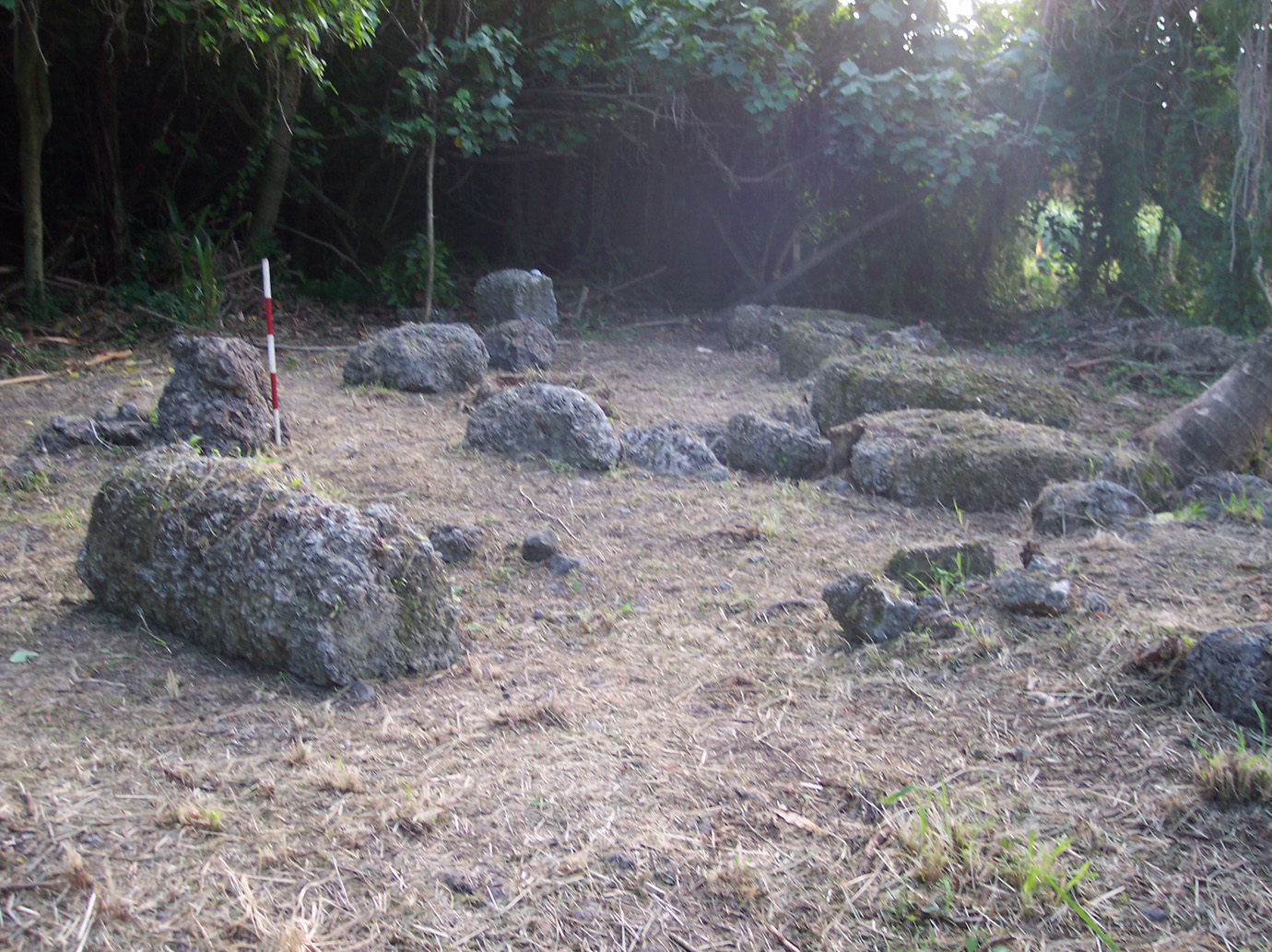
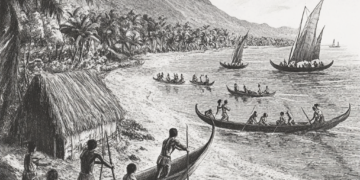
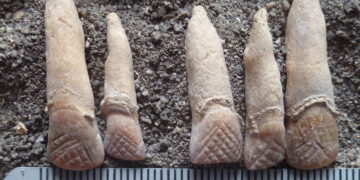

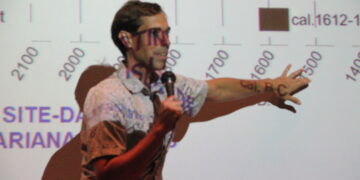

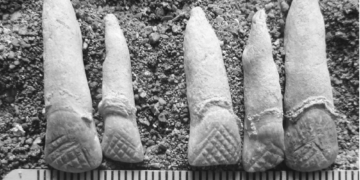



Discussion about this post